Entry Type: Thing - Starting with S
Sling Blade
 Sling Blade
Sling Blade
Sloan-Hendrix Academy
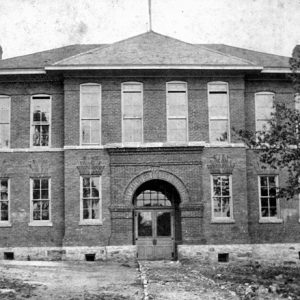 Sloan-Hendrix Academy
Sloan-Hendrix Academy
 Small-Headed Pipewort
Small-Headed Pipewort
Smallpox
 Smelts
Smelts
Smelts
aka: Osmerids
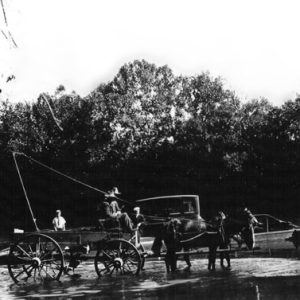 Smith Ferry
Smith Ferry
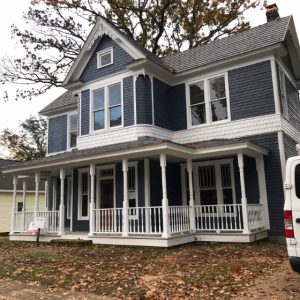 James Phillip Smith House
James Phillip Smith House
 V. V. Smith Grave
V. V. Smith Grave
 Smithville Monument
Smithville Monument
Smithville Public School Building
 Snag Boat Arkansas
Snag Boat Arkansas
Snag Boats
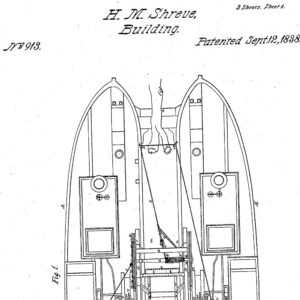 Snag Boat Patent
Snag Boat Patent
Snake Eyes: Murder in a Southern Town
 Snake Fungal Disease
Snake Fungal Disease
Snake Fungal Disease
aka: Ophidiomycosis
 Snawfus
Snawfus
Snawfus
Snowball Gymnasium
So Sad about Gloria
aka: Visions of Doom
aka: Visions of Evil
Soil and Water Conservation Districts
Soil Conservation
Soils
Soldier’s Story, A
 Songahm Martial Arts Gate
Songahm Martial Arts Gate
Sons of Confederate Veterans (SCV)
 Cartoon drawn by John Sorensen
Cartoon drawn by John Sorensen
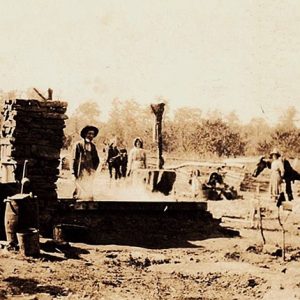 Sorghum Making
Sorghum Making
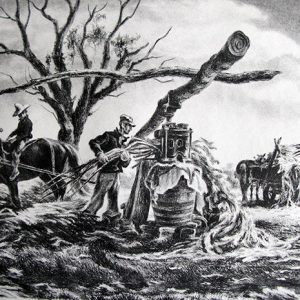 The Sorghum Mill by Charles Banks Wilson
The Sorghum Mill by Charles Banks Wilson
 Soul on Ice by Eldridge Cleaver
Soul on Ice by Eldridge Cleaver
Soulesbury Institute
aka: Soulesbury College
Souls Aflame
aka: Thou Shalt Not Kill
South Arkansas Heritage Museum
South Arkansas Regional Airport
aka: Goodwin Field
 South Arkansas Vine Ripe Pink Tomato, Official State Fruit and Vegetable
South Arkansas Vine Ripe Pink Tomato, Official State Fruit and Vegetable
South Elementary School (Wynne)
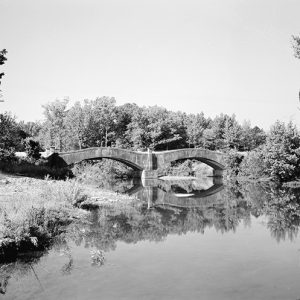 South Fork Bridge
South Fork Bridge
South Fork Nature Center
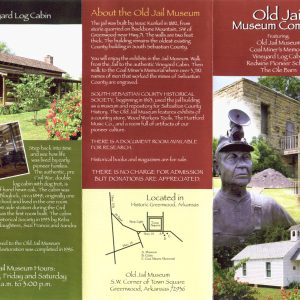 South Sebastian County Historical Society Brochure
South Sebastian County Historical Society Brochure
South Side High School Sign
Southern Cavefish
aka: Typhlichthys subterraneus
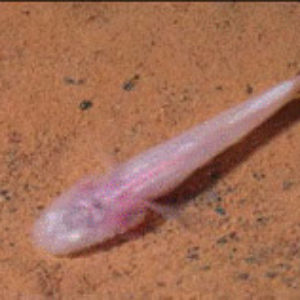 Southern Cavefish
Southern Cavefish
 Southern Club Poker Chip
Southern Club Poker Chip
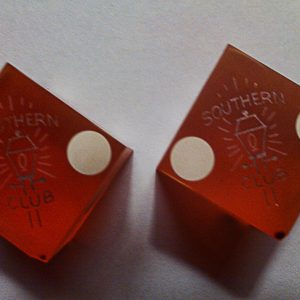 Southern Club Dice
Southern Club Dice
 Southern Copperhead
Southern Copperhead
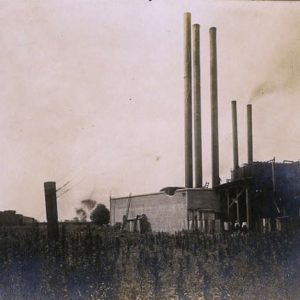 Southern Cotton Oil Mill Strike
Southern Cotton Oil Mill Strike




